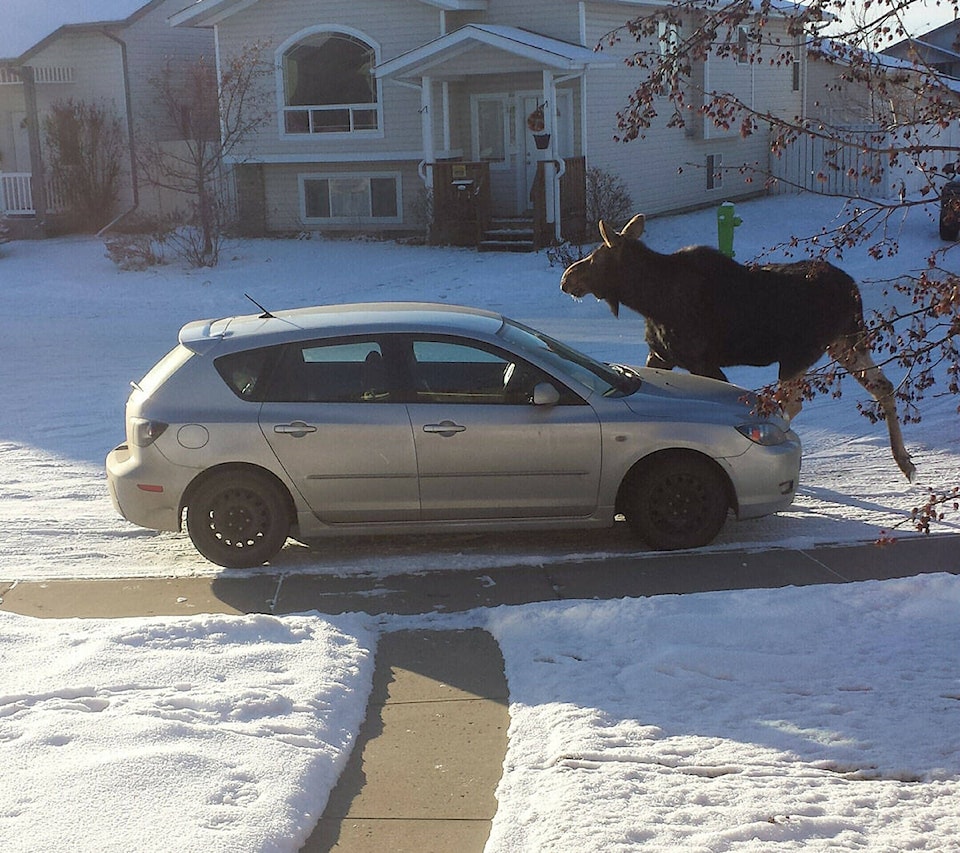Red Deer is one of a record 40 Canadian cities to join the 2022 City Nature Challenge taking place April 29 to May 2.
Over 400 cities from more than 40 countries are registered to participate.
Last year 52,770 people in 224 cities took part, registering over 1.2 million observations of 45,300 different species that included more than 1,300 rare or endangered species.
The challenge allows ordinary citizens to help track wildlife species for science by using the free iNaturalist app to record species observations and photos that become part of an international database of biodiversity.
People are encouraged to make observations of wild plants, animals, fungi, seaweed, as well as organisms like bacteria and lichen.
“It’s kind of a way to participate in science, without being a scientist,” said Red Deer project administrator Zach Dempsey.
“There’s so much diversity in Red Deer. A lot of people don’t even necessarily realize it.”
The Red Deer project encompasses Red Deer County and Lacombe County, and includes Red Deer, Lacombe, Bentley, Blackfalds, Bowden, Eckville, Innisfail, Penhold, and Sylvan Lake.
Related:
Extreme cold weather causes detrimental impacts on birds in B.C.: Wildlife experts
Canadian cities will compete against each other to see which one can engage the most people and accumulate the highest number of observations.
He said Red Deer was part of the challenge in 2021. It ran during a COVID-19 lockdown, but Red Deer still had 1,292 observations of about 250 species, which was pretty good considering there were only 22 observers.
Last year Calgary collected the most observations in Canada with 6,732, followed by Toronto and the Greater Toronto Area with 6,207.
He said the goal is to get high-quality pictures from multiple angles so people from around the world will be able to identify the images, and possibly use them in scientific research.
Dempsey, who is also a Red Deer Polytechnic instructor, said last year one of his student’s observations was used in a report on wolf spiders.
Related:
Earlier wildlife births and bird migrations are happening in central Alberta this spring
Canadian Wildlife Federation has established a City Nature Challenge Canada project page on iNaturalist.ca that automatically adds participants’ observations recorded in each city.
For more information visit citynaturechallenge.org A video tutorial on how to make an observation is available at inaturalist.org/pages/video+tutorials.
The Seek app by iNaturalist can also be used to collect observations. No user data is collected which makes it safe for kids and families.
szielinski@reddeeradvocate.com
Like us on Facebook and follow us on Twitter
